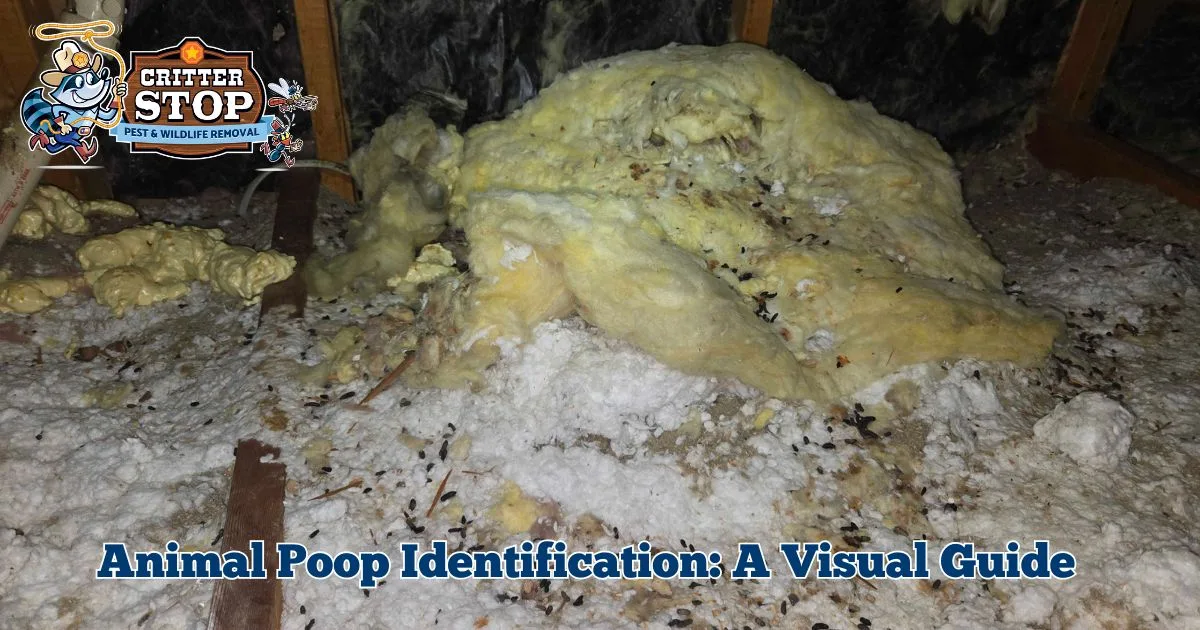
Let’s get something straight: no one wants to be an expert in animal poop. But here you are—wondering what left that little mess by your shed or under the attic beam. Was it a raccoon? A squirrel? Something... worse? That's when animal poop identification pictures come into play.
Knowing how to identify animal droppings isn’t just an exercise in curiosity—it’s essential. Because buried in those little brown mysteries are real answers: about what animal is living nearby, what it’s eating, where it’s hiding, and whether it’s putting your health or home at risk.
Here’s your straight-shooting, no-fluff guide to identifying animal droppings—and yeah, there’ll be poop talk. Possibly more than you bargained for.
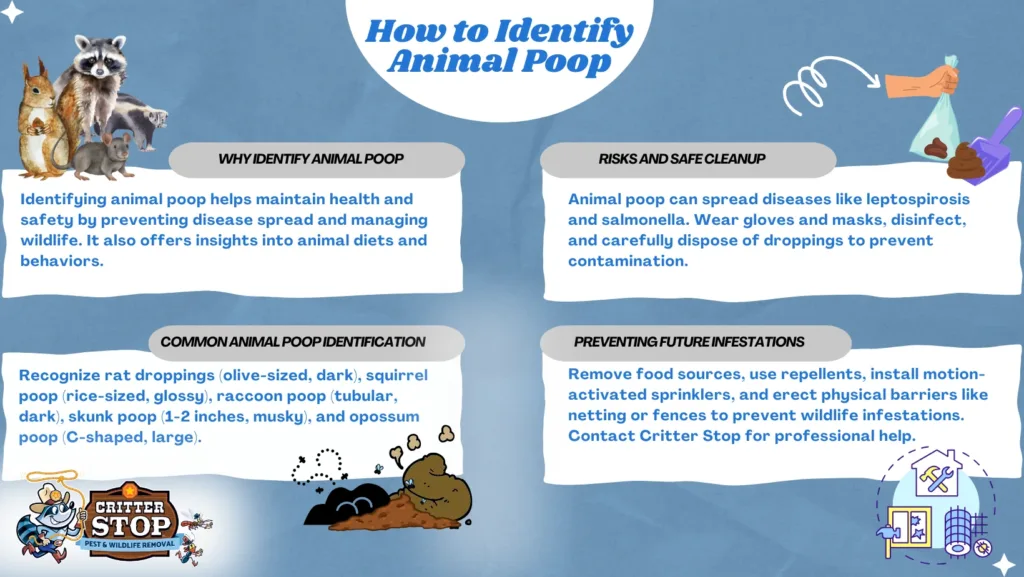
You might not think twice about a few droppings behind your trash can. But that could be your only warning sign before things get hairy—quite literally. Rodents chew wires. Raccoons carry parasites. Squirrels in the attic? They'll redecorate your insulation like it's a cheap motel room.
Animal poop can carry serious diseases (think leptospirosis, roundworm, salmonella), and knowing what kind of creature left it behind helps you act fast, clean safely, and get ahead of a possible infestation.
Bonus: once you know what raccoon poop looks like (or rat, or opossum), you'll never mistake it again. It's the kind of knowledge you wish you didn’t need—but you do.
Because let's be honest: they all kind of look the same until you really look.
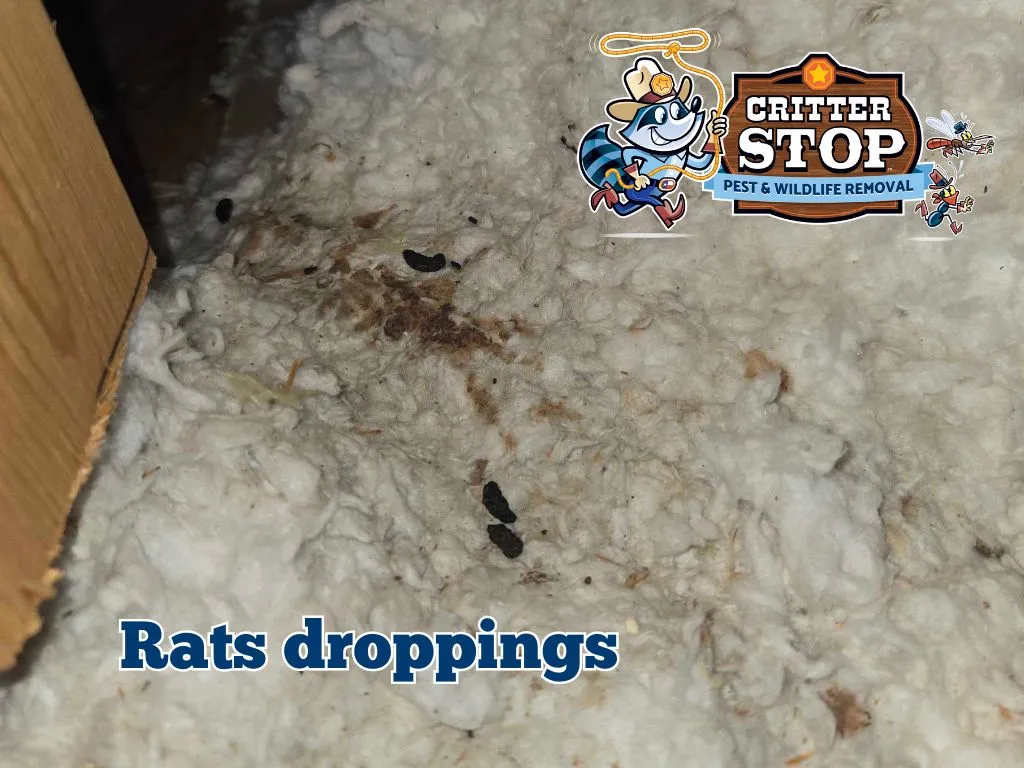
Danger level: High. Hantavirus, leptospirosis, and all kinds of bacterial freeloaders love to ride shotgun on rat poop. If you find this indoors, clean up fast—and carefully.
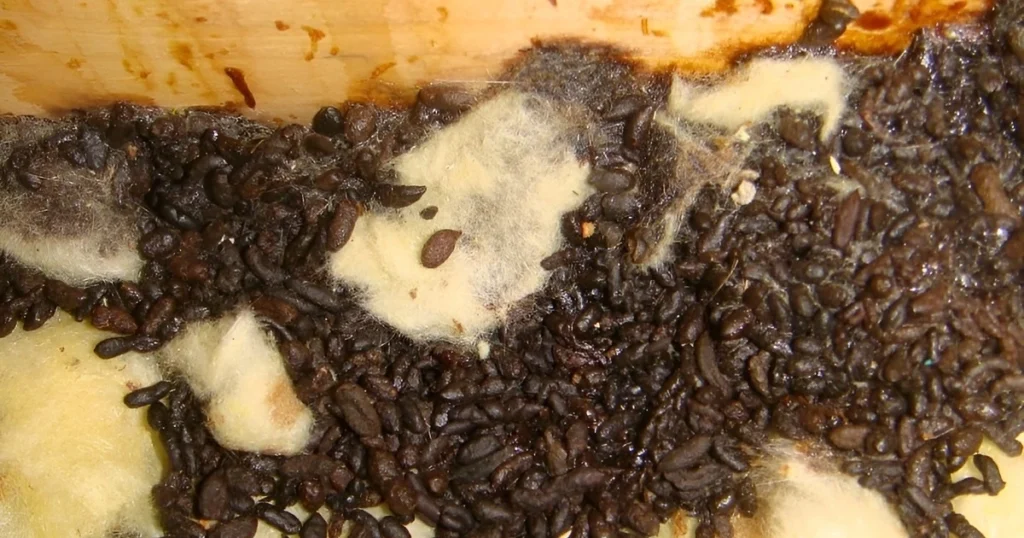
Tip: Looks a lot like rat poop but pointier. Squirrels love insulation—so if you’re hearing light feet over your ceiling, this might be your guest.
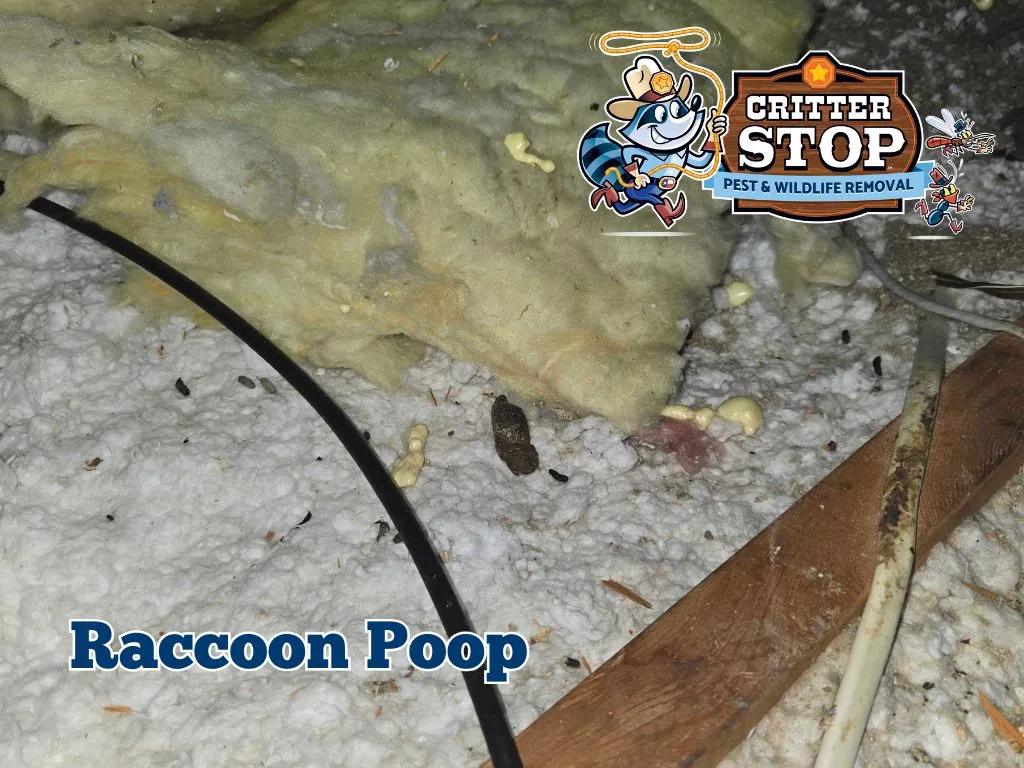
Red flag: Raccoon droppings may contain Baylisascaris, a dangerous roundworm that can infect people—especially kids. Never dry sweep. Wear gloves, mask, and use bleach.
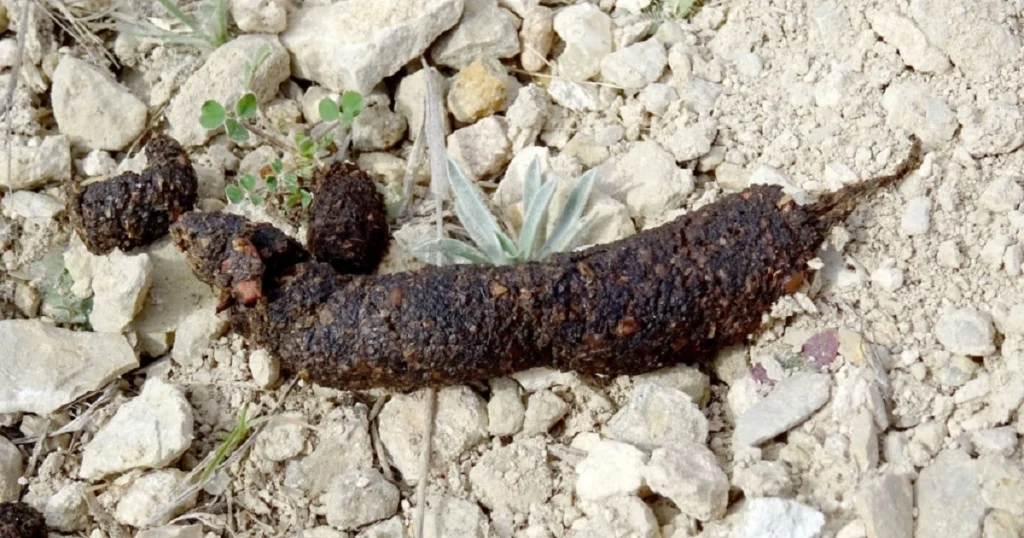
Tell: If it smells like trouble and has little beetle wings in it, you’ve probably got a skunk.
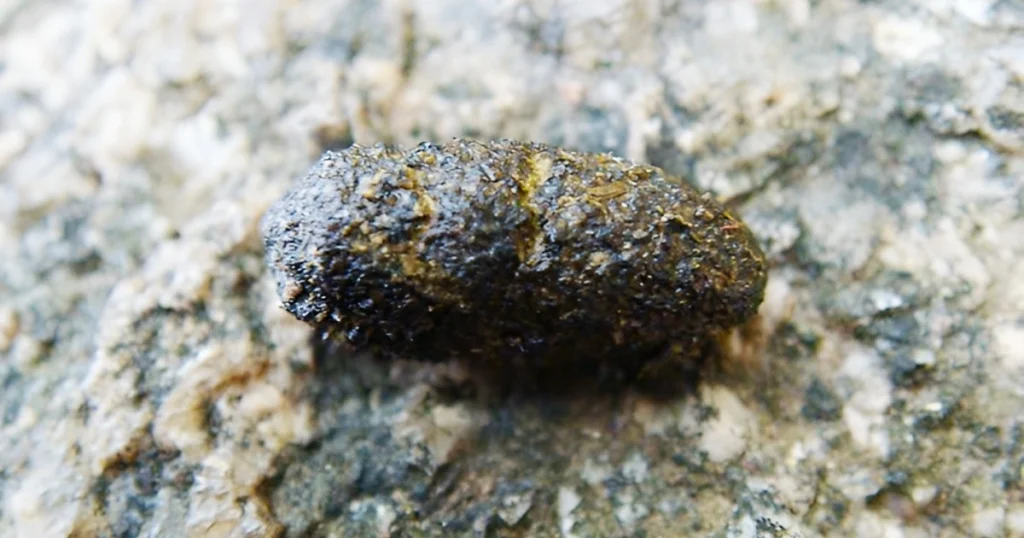
Heads-up: Can resemble dog poop. Watch for seeds, fruit, or odd textures—they’re messy eaters.
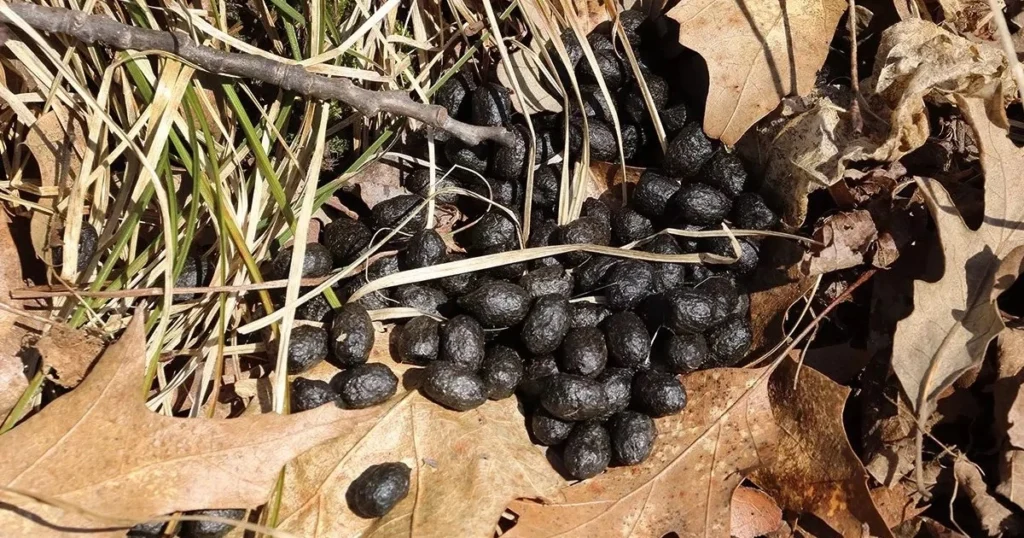
Fact: If your flowers are being mysteriously eaten and you find a pile of raisin-sized pellets… you’ve got deer.
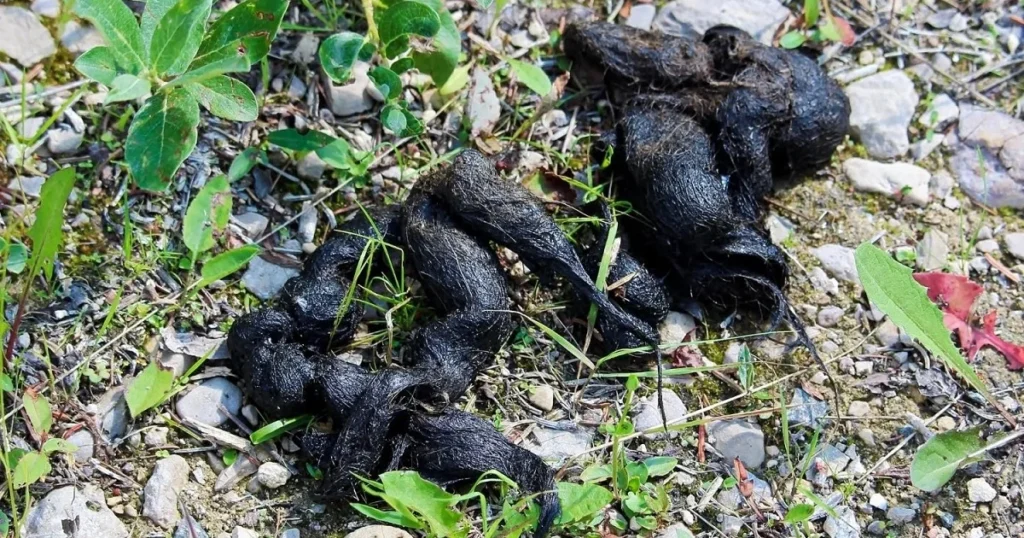
Hint: It looks like a big dog’s but is chunkier and often includes fur. Welcome to the food chain.
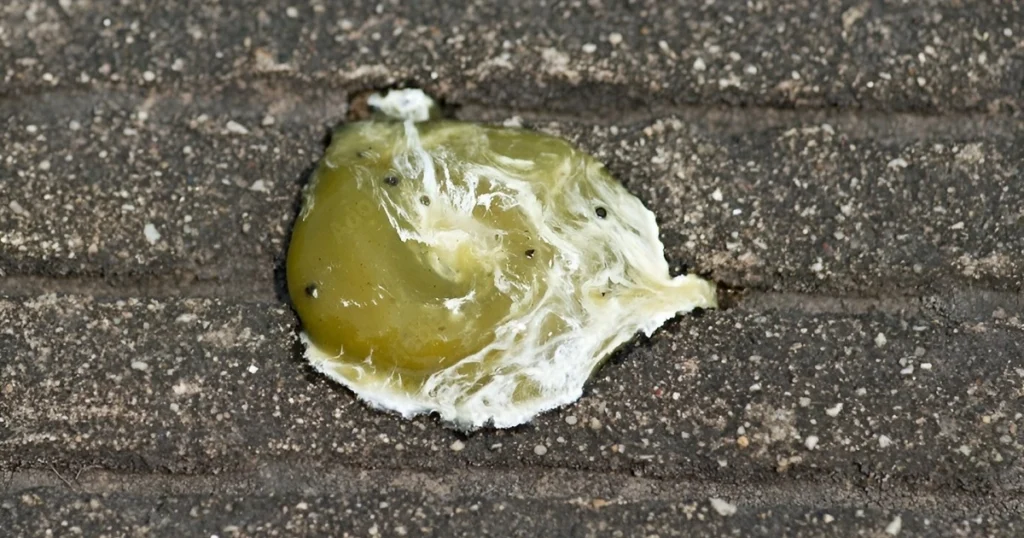
Bird droppings are unique—they’re a combo of feces and uric acid, giving them that unmistakable chalky look.
Risk: Histoplasmosis and Cryptococcus are real risks from bird guano, especially in large quantities or enclosed spaces.

Why it matters: If the wood around it crumbles in your hand, you’ve got more than a poop problem—you’ve got an infestation.
Never dry sweep or vacuum animal droppings—especially rodent or raccoon. You risk breathing in something much worse than dust.

You can read all day about size and color—but let’s be honest: a picture’s worth a thousand poop descriptions. Having access to animal droppings identification pictures helps you spot the subtle differences that text can’t always convey.
Use trusted sources, such as university wildlife departments, licensed pest control blogs, or professionals like Critter Stop, who know their scat as well as a forensic scientist knows fingerprints.
When in doubt, call in someone who does this for a living.
Critter Stop specializes in wildlife removal with a humane, effective approach—and they’ve seen it all. They offer free inspections, proper cleanup, and long-term prevention plans. If something’s leaving droppings on your property, they’ll find it, deal with it, and ensure it doesn’t return.
Call (214) 234-2616
Or visit our website
Raccoon poop tops the list due to roundworm. Rat and bird droppings are also high-risk.
Look at the ends: squirrel droppings are pointier, and they’re usually found in attics or trees.
No. This spreads spores and bacteria. Always disinfect and wipe.
Wildlife removal sites, pest control companies, and university extension programs often offer accurate photo guides.
Opossum poop often looks like dog poop but tends to be shinier and more scattered. Look for plant bits or seeds.
You don’t have to be a wildlife biologist to read the signs around you. Sometimes, all it takes is a flashlight, a little curiosity, and the willingness to examine something unpleasant. Because once you know what’s out there, you can protect what’s in here—your home, your health, your peace of mind.
Visit our Critter Library and learn more about our furry friends